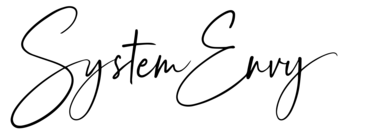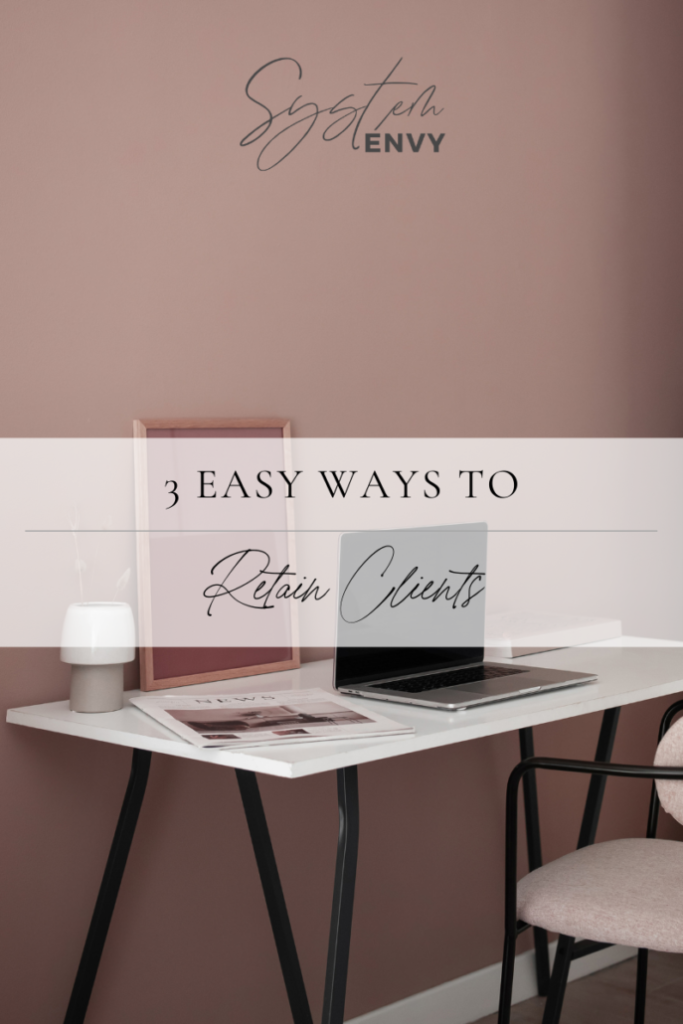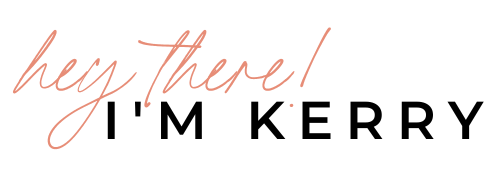
When to Hire an Additional Campaign Manager
Through my years of running System Envy, I’ve hired a lot of incredible people… and I’ve also had to let some people go, too. And in the meantime, I’ve learned a TON about growing a team, building effective processes, and doing it to scale — but it’s not always the easiest thing to do.
Not even close.
But, at the same time, hiring team members is the way that I’ve been able to scale my business, increase our revenue, and support more clients — and I’d just bet that it’s exactly how you’ll be able to do the same, too.
And if you’ve been rocking it in the ads world, lemme give you a piece of advice: hiring an additional campaign manager may be EXACTLY what you need.
When to hire an additional campaign manager
As anyone in the ads world knows, running campaigns involves a lot of work — a lot of strategy, a lot of technical specs, and a lot of communication (especially here, where we pride ourselves on being incredibly responsive… always). And while this can be managed by one person up to a point, it can’t forever.
So, here’s the truth: if you feel like it’s time to hire an additional campaign manager, it absolutely is.
This is especially important if you’ve increased your client load, your ad spend, or your workload in general, too — because in the ads world, your clients matter more than anything else. Sometimes, that means being able to delegate, hand off tasks, and ensure that your client campaigns are taken care of the right way.
So, here’s the trick to hiring an additional campaign manager…
As a business owner who continues to hire, grow, and scale, I firmly believe that the most important piece of the puzzle lies in onboarding and SOPs. When you can onboard your team properly — and build out standard operating procedures that every team member and role can follow — you make hiring simple and effective.
Over here, hiring campaign managers (and any team member) follows the same pattern. We send the team member their new welcome packet, get them set up on Slack and Asana, and then they go through onboarding (usually with our account manager). Once they’re onboarded and ready to go, they’ll have access to a doc that spells out every single SOP they need to follow in their role.
It’s so smooth, so seamless, and SO effective for everyone involved. It just takes a little bit of work on the backend!
SOPs for our campaign managers
While every business runs things a little differently, there are some common SOPs that I think every ads-related role can benefit from. We outline standard operating procedures for the following with our campaign managers:
- Onboarding checklist for every client
- Checklist for client access (passwords, back-ends, etc.)
- Client research processes
- The campaign setup phase
- Campaign management tasks (including routine monthly tasks for our evergreen campaigns)
- Reporting tasks
So, there ya have it — some of my go-to tips for hiring and managing one of THE most valuable team members you can have as an ads manager! Do you want more tips for hiring team members and streamlining your business (and ad campaigns)? Let me know — I’d love to share.


















